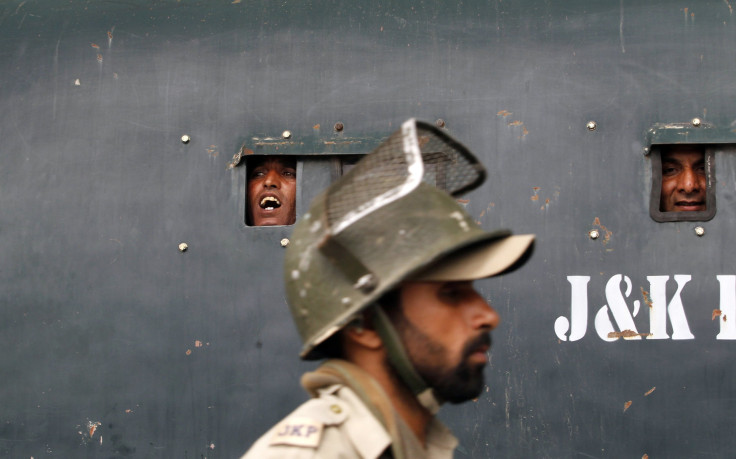Hundreds Of People Are Dying In Indian Police Custody

At least 591 people died in police custody in India between 2010 and 2015, Human Right Watch reported Monday. Despite finding Indian police had been accused of torturing suspects by inciting sexual abuse, conducting derivatives of waterboarding and beating them in many cases, the reports said no officers has been convicted.
While torture is illegal in India, police are permitted to extract information from those accused by utilizing the “third degree,” which is a euphemism for allowing officers to beat prisoners during interrogation. Ninety-seven people died in Indian police custody in 2015, the report said, citing government data.
Regulations that had been created to reduce the number of deaths occurring in custody, like the necessity to present a suspect before a judge within 24 hours of his or her arrest, regularly were cast aside, the Guardian reported Monday. The international nonprofit organization’s dozens of interviews with family members of victims for the report revealed that in 67 of the cases in 2015, the deaths in custody occurred when officers failed to put the accused in front of a magistrate within a day of arrest.
The circumstances that resulted in suspects’ deaths while in custody were rarely investigated by Indian law enforcement authorities, the report said. Fewer than 32 of the deaths that occurred in custody in 2015 were pursued by Indian judicial officials while in 26 of these cases there was no autopsy performed on the bodies of the deceased.
The report said while government oversight bodies, which could potentially hold police officers accused of violent acts accountable, exist in India, they had “largely failed.”
Among the many actions the report suggested could curb the number of deaths in custody, the report proposed the Indian government establish a witness protection program so those accusing police officers of violence can state a case without being afraid of retribution.
“Police in India will learn that beating suspects to confess is unacceptable only after officers are prosecuted for torture,” said Meenakshi Ganguly, the director of the Human Rights Watch in south Asia.
In one case from April 2012 brought to light by the report, Indian police officers said Shyamu Singh committed suicide while in custody by eating poison. But his brother, who was arrested at the same time, alternatively claimed four Indian policemen held them both down at the same time another officer “poured water down my nose continuously.”
“Shyamu fell unconscious. So they started worrying and talking among themselves that he is going to die. One of the men got a little packet and put the contents in Shyamu’s mouth,” he said.
While an internal investigation cleared the officers of having anything to do with the 35-year-old’s death, a separate inquiry by state authorities determined the seven police officers tortured and poisoned Singh. The seven officers in question were ultimately cleared by the state authority's final report.
India’s National Human Rights Commission said there were more than 430 cases in which people reportedly died in police custody in India between April 2012 and June 2015. The commission recommended families of the deceased should be granted roughly $324,268 in compensation from the government but that none of the officers be prosecuted further.
In another case from December 2012, the report found, a police official beat Julfar Shaikh, 40, who was accused of counterfeiting money, with a “truth seeking belt” until he died of 22 mortal injuries to his body, the Huffington Post India reported Monday. Police had originally told state authorities Shaikh had died from “meningitis" after being in custody for three days. The 4-foot "truth-seeking belt" can be found at every police station in Mumbai as it is utilized to try and extract confessions from suspects, a Mid-Day.com investigation found in January.
© Copyright IBTimes 2024. All rights reserved.






















